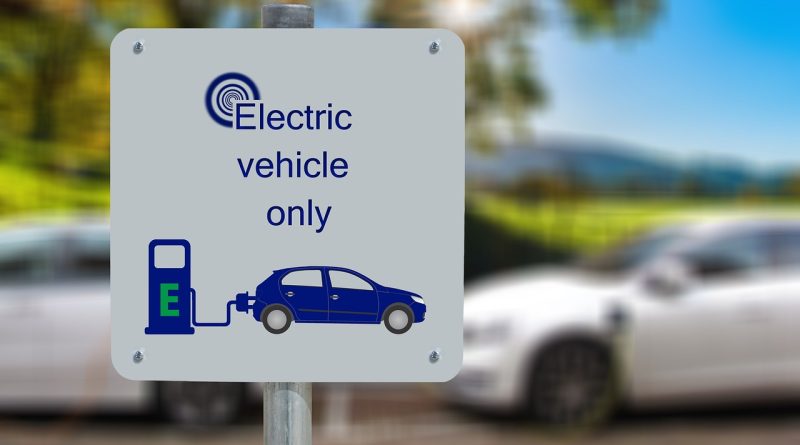In terms of range and refueling speed, hydrogen-electric vehicles outperform electric vehicles
The automotive industry is undergoing a transition, fueled by the urgent need for environmentally friendly and sustainable transportation alternatives. While electric vehicles (EVs) dominate the news, with the latest offers from Tesla Inc., Hyundai Motor Co. Ltd., and Rivian Automotive Inc., hydrogen-electric vehicles (HEVs) are showing promise.
Energy That Is Both Clean And Sustainable
How precisely do these cars function? Instead of a battery pack, HEVs use a fuel cell to produce a chemical reaction that converts hydrogen into electrical energy. This charges the onboard electric battery, which subsequently gives power to the vehicle. It’s a battery-like design in which the fuel cell splits hydrogen into protons and electrons, which are subsequently separated. The separation produces an electric current, which acts as the power source. The only byproducts of this power generation method are water and heat.
In comparison to typical fossil fuels, hydrogen has various advantages. It is a plentiful resource created using a number of sustainable technologies such as water electrolysis, biomass gasification, and solar energy harvesting. HEVs create no tailpipe emissions because they run on hydrogen, making them a clean and sustainable transportation option. Zero-emission vehicles are critical for mitigating climate change and drastically reducing vehicle-related pollution in densely populated urban areas.
While electric vehicles are an important aspect of a greener transportation sector, they nevertheless emit emissions when the electricity that powers them is generated using fossil fuels. Because electric automobiles are becoming more popular, several sectors are continuing to innovate and produce electric alternatives for traditional vehicles that would otherwise use engines.
Longer Range and Faster Refueling
One of the most significant hurdles for EVs is their limited driving range and long charging times. HEVs overcome this challenge due to their long driving range and quick refilling capabilities. While battery-powered EVs take hours to charge, hydrogen refueling stations can replenish the fuel cell in minutes, providing a similar experience to filling a gasoline-powered vehicle. Because of this benefit, HEVs are more practical for long-distance travel and alleviate range anxiety, making them a viable alternative for a broader variety of consumers.
Various Applications
HEVs provide an adaptable option for a wide range of transportation demands, including heavy-duty vehicles such as trucks, buses, and even trains. These vehicles may acquire significant power and torque by utilizing hydrogen fuel cells, making them perfect for hauling heavy loads over long distances. Furthermore, because of their fuel cells, HEVs can serve as a sustainable energy supply in isolated places or during natural disasters.
Infrastructure Development on a Large Scale
The availability of supporting infrastructure is a critical component in determining the adoption rate of any automobile technology. The infrastructure for hydrogen refueling stations is not common, but it is rapidly developing, thanks to investments from governments and private companies. Because suppliers may use existing gas pipes and incorporate hydrogen fueling into existing fuel distribution networks, hydrogen infrastructure is scalable. Hydrogen refueling stations are also appropriate for rural places where constructing electric charging infrastructure may be difficult or not financially viable.


